Leena Gade: The Motor Sport Interview
The triple Le Mans winning race engineer Leena Gade recalls how she overcame self-doubt to take charge of the Audi pitlane – and how she became comfortable as a trailblazing motor racing role model
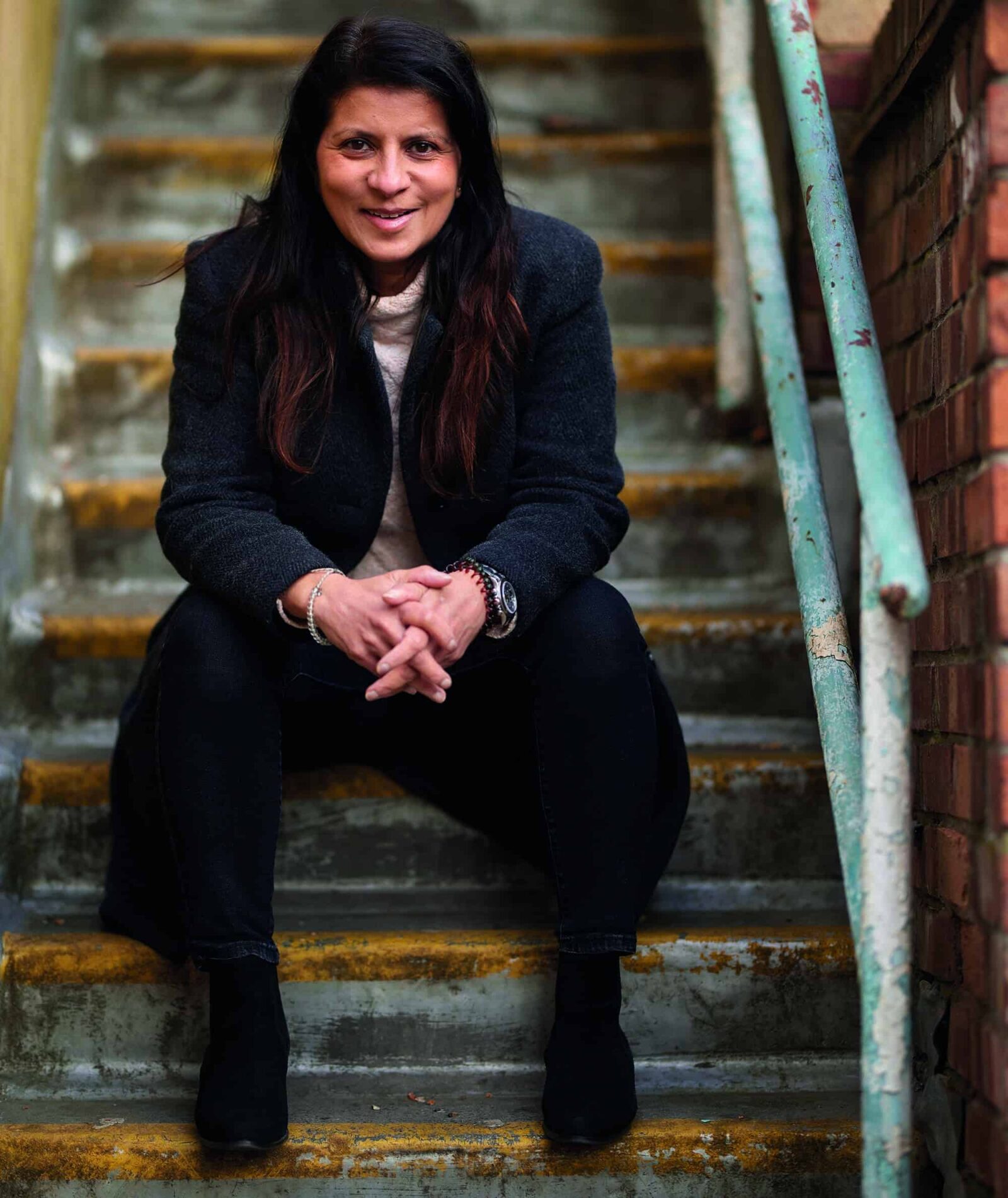
Richard Davies
Ten years ago, in 2011, Leena Gade became the first female race engineer to win the Le Mans 24 Hours when she ran an Audi R18 driven by André Lotterer, Benoît Tréluyer and Marcel Fässler to victory – then did it again in 2012 and for a third time with the same trio in 2014. Such success and the fact she happens to be a woman pushed her into a spotlight not usually reserved for race engineers. Gade, like the majority who have worked with her over the years, just sees herself as a motor sport professional. Gender is an irrelevance to her, although as she has come to grudgingly accept, it might not be to the young girls and women with similar ambitions who have taken inspiration from her example.
Educated in a west London all-girls’ school, Leena and her younger sister Teena have enjoyed rich, varied careers, having grown up with no discernible link to motor sport. Today, Teena is contracting for an autonomous car company having spent time at Prodrive, Skoda and in Formula 1 with Force India and AlphaTauri, while Leena heads up a UK-based vehicle dynamics centre for the Canadian Multimatic firm and continues to race engineer the team’s IMSA DPi contender in the US. Here, we focus on her Audi years and her love affair with Le Mans, the race she remains most associated with.
Motor Sport: You had your first taste of motor racing while at Jaguar – Formula Vee…
Leena Gade: “Awesome racing! Jaguar was a really good experience for someone who had never really done anything with cars, but it was apparent really quickly that my time in general automotive was going to be limited. I had this interest in motor sport and met a chap called Alan Harding [of AHS Motorsport, based in Lutterworth]. He was great. He had a small out-building on a farm which had no heating, was packed with Formula Vee cars and had one mechanic. Alan would buy engines from the Brazilian VW factories and tune them on his own dyno. I told him I wanted to learn about race cars and how you put them together, and he said, ‘Can you do some work experience? See if you like it. I can’t pay you.’
“I took two weeks off work. I supported them building up their cars pre-season, went to every race event and ended up doing it for two years while I was at Jaguar, then dovetailed it with data work for a Formula BMW team.”
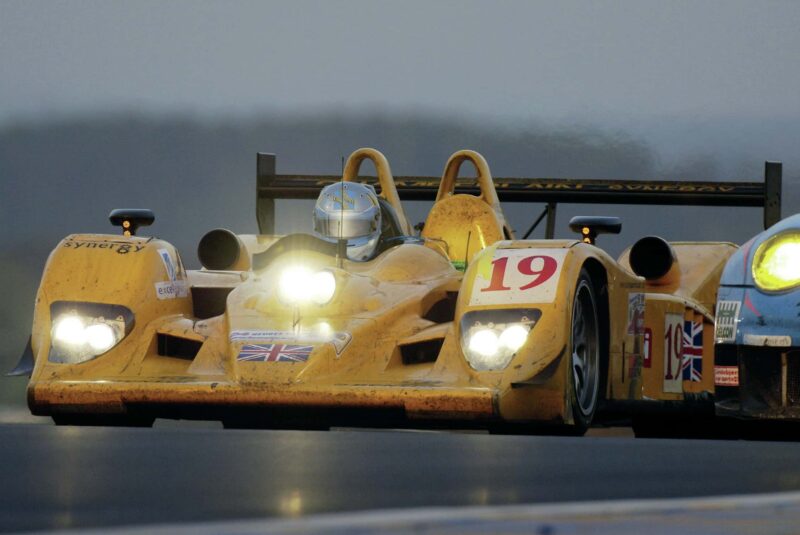
Gade’s first experience of Le Mans was 2006 with Chamberlain-Synergy, who raced this Lola B06/10
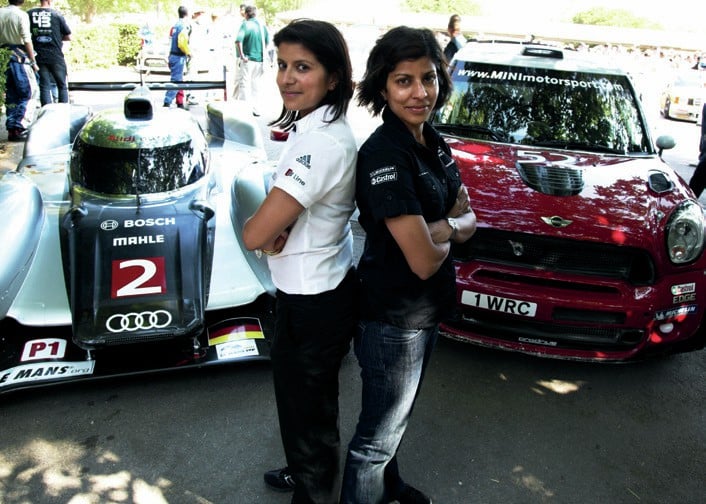
Gade sisters Leena and Teena both became race engineers; Teena went into rallying
How were you drawn to Le Mans and sports car racing?
LG: “I took voluntary redundancy from Jaguar in 2003 and while working full-time at MIRA did a handful of A1GP races where I met people who were in sports car racing and ended up at Chamberlain-Synergy in 2006. I went with them to Le Mans, which was the first time I really understood what it was. That was the first year Audi won with the diesel engine. We were running a Lola and I remember seeing the impressive team construction at the back of the pits. ‘It would be good to work with those guys one day,’ I thought.
“At Spa, the pitlane lost power. You need paper and a pen“
The following September some of the Chamberlain-Synergy mechanics were talking to [engineer] Howden Haynes about running a GT3 car, a Jaguar XK8. I knew the road car inside out because of my time at Jaguar. I was called a couple of days later and invited down, but when I got there ‘H’ pulled out the handbook for the Audi R10. I’d heard of that… He explained he was race engineering for them out in the US: ‘I don’t work for them fulltime, but I do need an assistant and someone I can talk to when I’m back in the UK. Have you done anything like this?’ I’d only worked with Chamberlain Synergy and Team Modena, who were running an Aston Martin GT1. ‘Do you think you could do it?’ I said I’d give it a go…
“The first race I did was St Petersburg with Champion Racing [which was running Audi Sport North America’s entry in the American Le Mans Series in 2007]. I don’t know what Audi thought. I think H said he had an assistant, then had to tell Joest and Audi it was this person who basically turned up on his doorstep. They had a load of people, but he said he didn’t want them, he wanted me.”
He showed incredible faith in you. How did it go at St Pete?
LG: “It was a real baptism of fire because I’d never even seen an ALMS race. But towards the end we were trying to work out what fuel we needed to take on for the final stop and H said, ‘I’ve worked out we need this amount, do you agree?’ I said, ‘I’ll work it out,’ and just did a hand calc. I could see him watching me thinking, ‘This is a new one.’ I said what I’d worked out: this number of minutes left equals this number of laps, so you need this amount of fuel. He said, ‘Okay, well that’s a few seconds off what I’ve got, we’ll go with my number.’ We happened to win that one, but I didn’t know how it had gone for me, in fact I thought I’d blown it.
“Then a couple of days later he phoned and said, ‘We have to prepare for the next race.’ I did the rest of the season and the year after I also did the European-based Le Mans Series with H and that’s when I got to know the Audi people.”
Your manual fuel calculation must have impressed Haynes.
LG: “When he asked about the fuel we needed I thought, ‘Is he testing me?’ Even now I still do a manual calculation. It’s really important to have another method other than your computer to work these things out. At Spa in 2010 the pitlane lost power. Nobody had any computers working, all the servers went down and we had no telemetry, but the race still carried on for another 20 minutes. Nobody on the other pitstands knew how to run the race minus the computer. You need a piece of paper, a pen and a stopwatch.”
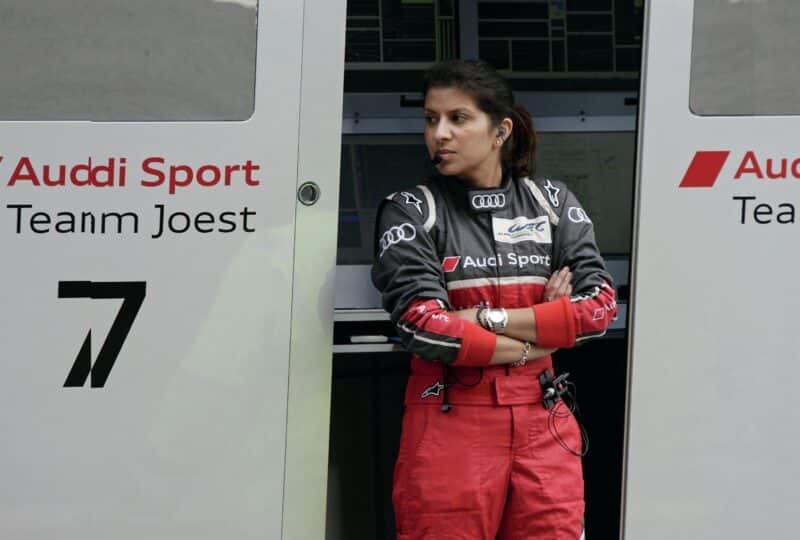
In 2011, Gade became the first female race engineer to win at Le Mans and by 2014 had completed a hat-trick
You were H’s assistant on the winning R10 at Le Mans in 2008, one of the great races of the modern era. A landmark for you?
LG: “Yes, H and I were contracted by Joest as freelancers. I’d say 2008 was my first proper Le Mans. There was an expectation of winning and the enemy, Peugeot, was at the other end of the pitlane. It was also the first year I got to work with Tom [Kristensen]. Up to that point and in 2007 I’d only ever worked with Allan [McNish] and Dindo [Capello]. We knew the Peugeot was faster than us and I remember at one of the pre-race meetings H made a comment: ‘They’re really quick. Like, three seconds a lap quicker.’ Sure enough, at the start they were three seconds a lap quicker, then the gap was six seconds, then 10.
“In the Truth in 24 documentary there’s a comment from Allan on how fast the Peugeots are, and H says, ‘Get used to it.’ That was a learning experience: how are we going to fix this? Then as the race evolved, I learnt from H what it meant to never give up. He was instrumental in that race in so many ways.”
How did you step up to full race engineer?
LG: “At the end of 2008 everything got curtailed. We did a handful of races in 2009. Coming back from Le Mans that year we were discussing what had happened, because Audi had an atrocious race. So we made a huge list of things that had gone wrong. H said to me, ‘I was talking to Ralf [Jüttner]. We were looking at the differences in the crews, and one thing that’s apparent is the way you and I work is different to how everyone else works. We need to make it all the same. Would you be interested in engineering a car?’ I remember looking at him and saying, ‘Are you crazy?’ But he said, ‘Are you?’ I said, ‘I don’t know whether I’d be good at it.’ ‘That’s not the question: yes or no?’ Again, I said I’d give it a go.
“They gave me quite a few tests to see what it was like. I’d always been in the shadows with H, but I’d learnt from him how to talk on the radio, how to approach problems, how to approach mechanics. I learnt everything I know from that man. So at the tests they were looking at that dynamic: how does she work with the drivers, the other engineers? It’s easy to want to be a race engineer. It’s a different job when you get there. Your personality has a huge bearing, the ability to be a leader and then hold your hand up when you make a mistake. Own it. You have to know where your car crew is at. Are they in a place where everything is calm, collected and organised? All of that stuff is a personality thing. It’s all well and good doing simulations, but if you can’t talk to a team you have zero chance of being a race engineer.”
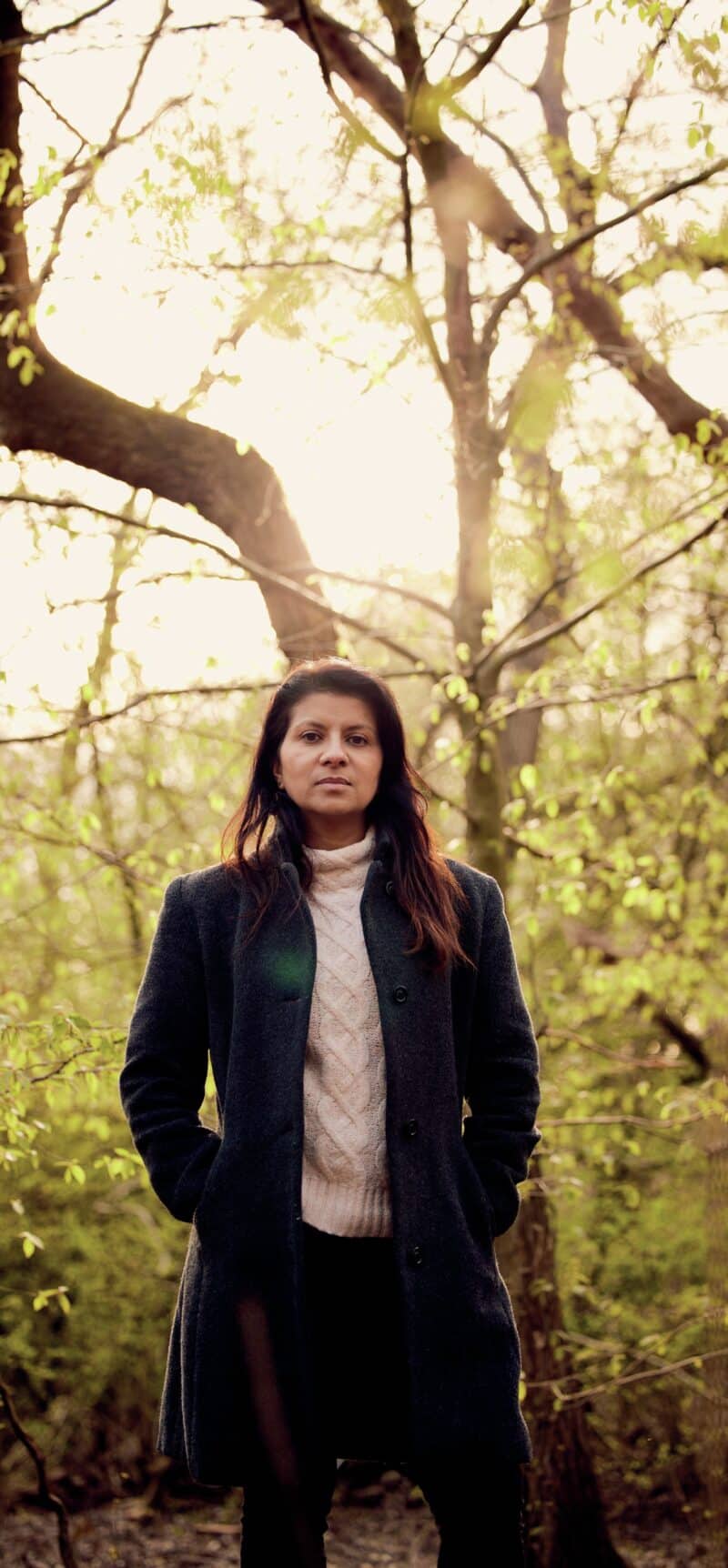
For Gade, personality is a crucial attribute behind the scenes in motor sport
When was your first race running a car?
LG: “Silverstone in 2010 with Dindo and Timo Bernhard. Allan and Tom were in the other car engineered by H. We did three races that year after Le Mans for what was then the ILMC [Intercontinental Le Mans Cup, the forerunner to the World Endurance Championship]: Silverstone, Petit Le Mans and Zhuhai, and I had three different sets of drivers each time. With Dindo and Timo at Silverstone we finished third; the car was really bad, it was understeering everywhere. They had quite different driving styles. It was so bad Timo gave me his trophy and said, ‘This is to remind you how you shouldn’t run a car.’ Thanks!”
How did you find it, calling the shots?
LG: “There were doubts. I wouldn’t say it was plain sailing. I certainly felt I had a huge amount left to learn. As we were heading into Christmas they hadn’t decided on the car crews for the year after and there was no guarantee I’d be engineering a car. When they’d asked me I turned it around and said, ‘Do you think I can?’ They said, ‘Yes, you’re good enough to do it.’
“What I didn’t know, at some point during 2010 they had asked the drivers what they thought of the engineering teams and who they wanted for the next year. Out of the three crews, two of them said if they had a choice they’d want me and one of the data engineers.”
The Audi R10 TDI in 2008 driven by Dindo Capello – Leena’s landmark year at Le Mans
In 2011 you formed a bond with Lotterer, Tréluyer and Fässler.
LG: “We’d done the odd test but we hadn’t done much together and didn’t know each other very well. There was a big difference in the way they approached stuff and as the third car that year they were realistic about their chances at Le Mans. The expectation of winning was still there but it wasn’t as high as for the regular guys. Their approach was ‘control the things we can control’. Ben in particular was very good at compartmentalising feedback and the other two started to do the same. They recognised the level of inexperience in me, but they knew there was an entire team behind us that could help.
“As the race evolved, I learnt what it meant to never give up“
“They supported me with everything I was doing and speaking very honestly and openly was something we did for the remainder of our time together. All the way through to the end in 2016 and my final race with them at Le Mans, there was never any point when I felt uncomfortable in saying to them we need to change the way we are working. We did have some heated team debriefs but at the end of them we all knew it wasn’t personal and it had been done for a reason. I’m very close to them and still keep in touch.”
What are your memories of that first Le Mans win together in 2011?
LG: “That was another one of those times where you have to learn very quickly. When Allan went out [McNish crashed heavily at the Esses early in the race after colliding with a backmarker], H was on the pitstand to the left of me and went very pale. Then we saw him get out and we knew he was okay. Rocky’s was the one that was really scary [Mike Rockenfeller also collided with a backmarker, this time in the dark in the eighth hour, flat out on the Mulsanne]. All we could see was a Meccano toy kit left on the track. [Remarkably, Rockenfeller walked away.] “Then it became one Audi against four Peugeots, and they were very quick. All we could do was try and win the race. One stop decided it at the end. We had a slow puncture, but fortunately we had Michelin with us. After two major accidents the last thing I wanted was to have another one and for something to happen to a driver, but they assured me that keeping the tyre on for another four or five laps wasn’t going to be a problem. We told André, ‘You have a puncture,’ and he’d already spotted it on the dash. We told him just to keep going. There was a lot of debate about whether to change just one tyre or all four at that last stop. Tom [Kristensen] was instrumental in saying just give him four new tyres because they are not expecting it down there. You’ve got the gap, just do it. That caught them by surprise. On the live feed you could see the Peugeot garage giggling because I think they thought they’d done it, but all of a sudden we changed tyres and left the pits with a gap of five, six or seven seconds on fresh rubber. They glanced back on the live feed to the Peugeot garage and you could see their faces – and then the gap started to increase. Then the Peugeot guys started crying – and I giggled. Really immature.
“When the car crossed the finish line I turned around and everyone else in the pit was crying and I couldn’t understand why. In my head I understood what was going on and we were going to make it to the finish line, whereas everybody else was saying, ‘Oh my God, that was so close.’ Well, 13 seconds is still quite a lot, guys, even after 24 hours.”
The victory put you and the drivers firmly on the map. Then you won again in 2012.
LG: “That was a little bit different to the previous years. From December 2011, I started spending much more time at Audi Sport in Germany. They wanted to have a second test engineer to support the full-time test engineer they had, but the person needed to be based in Germany. Ralf asked me and said they could fly me back every weekend, and I asked, ‘Can I not just live out in Germany?’
“They had to make a decision how many cars were going to race in what was now the WEC and the first year of running the hybrid. We had a glut of 12 drivers, like Marc Gené, who had been at Peugeot until they pulled out. Audi could decide how many hybrid and non-hybrid cars they could take. The hybrid system then wasn’t powerful and you could still run the car with the hybrid turned off.”
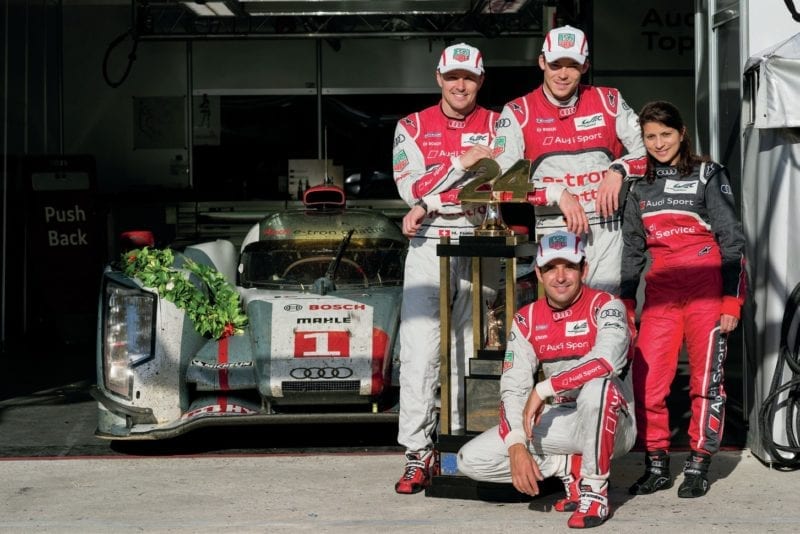
A close connection was formed with Audi drivers André Lotterer, Benoît Tréluyer and Marcel Fässler
What was it like adjusting to running the hybrid?
LG: “In January 2012, I asked for my entire race crew for testing and it was a tall ask. I knew to be competitive in 2012 we needed to know everything about that car and one of the problems with a team that’s not all based in one location – Joest was never a part of Audi Sport – is you very quickly rely on third-party reports or conversations to find out what’s been going on. So I asked my race team to do every single test and most of them saw the benefit, although I don’t know whether they ever forgave me. The testing was intense in 2012. In the run-up to Sebring it was quite a handful to deal with the flywheel system. Because we were on endurance duty you always had to keep going. If we were targeting 6000km it didn’t matter what broke, you had to replace it, start again and keep going, to the point where it was soul-destroying.”
What do you recall about the 2012 race?
LG: “I’m not sure Audi will appreciate me saying this, but our hybrid only went one hour into the race and yet we still won. Some of the other competitors knew about it. The system was tough to work with and there were all sorts of issues. There was one safety car, which worked in our favour because Marcel had a spin at Porsche Curves and said he felt a hit on the back of the car, so I pitted him immediately. It was at a point where André wasn’t ready to get in the car. He was still upstairs in the driver room. When the car came in, Marcel got out. There was no driver to get in. I repeatedly told the crew to look at the back end of the car and they couldn’t see any damage. In all the melee the tyres had been called out but they never got confirmation to be put on and we’d done four stints without changing by this stage.
“So André eventually jumped in and off he went, then the car stopper came to me and said, ‘Hey Leena, you know we never changed the tyres.’ I looked at him and said, ‘Why didn’t you?’ ‘Because you never told us to…’ Oh s**t. I said to André, ‘Just to let you know, your tyres are four stints old, we forgot to change them at the stop.’ I could hear everybody on the intercom going, ‘What the hell?’ He said, ‘They feel fine, we should keep them on.’ I said, ‘No we shouldn’t!’ Then the safety car came out and Allan was right behind him. They must have known what happened. But André beat the safety car when it came out of the pits, and Allan didn’t. That win meant a lot because I didn’t want us to be the one-hit wonder.”
Your car won the inaugural WEC title that year too. What was it like inside the team?
LG: “There was lots of politics through that year. After Le Mans we started out having one hybrid and one non-hybrid car to finish off the rest of the season, but that became two hybrids. Politically, if the hybrid is supposed to be faster why did we decide that it was sensible to impede the other car by not giving it the system? I wouldn’t say we dominated in terms of speed, but we had a good base from the start, from 2011 with the car crew being organised in a certain way, and with this open mentality where we could discuss anything. Me and my number one mechanic, we used to have some amazing arguments, but it was never personal. We took the championship in Shanghai, so it went down to the final race and it was a nice way to finish the season. But I did think we’ve won the world championship, we’ve won Le Mans twice – what else is there left to do? I started questioning whether it was time to stop, which was silly because I’d only just started properly race engineering.”
But you did keep going and won Le Mans with the same drivers for a third time in 2014. What changed during that hybrid era?
LG: “We went from the flywheel system to having a battery system. My least favourite car was the last one, the 2016 R18 –I hated it so much. It’s the only one I don’t have a model of because so much stuff used to go wrong on it.”
Hybrid technology changed the way you went racing. Was it more challenging?
LG: “In 2012 and 2013 we didn’t have energy management to worry about. It was only in 2014 when new rules came in, we had smaller tyres and so on, that energy management became a factor. And the competition stepped up because there were now three manufacturers and one of them happened to be Porsche, the sister company to Audi.
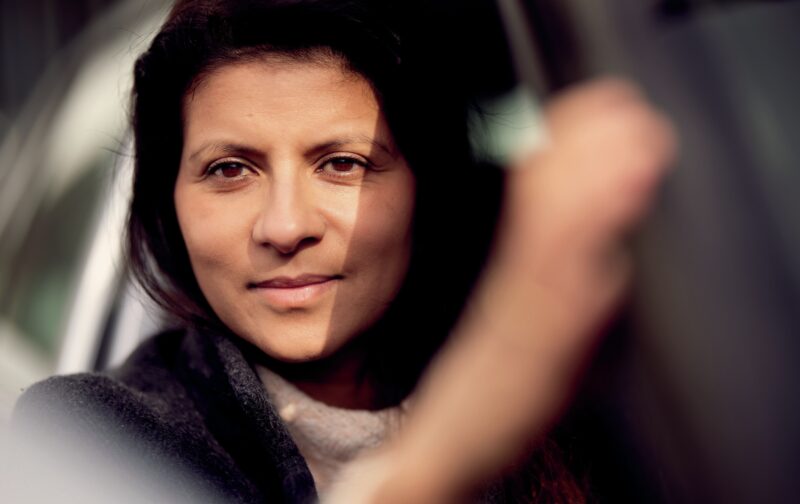
By 2016, Gade felt burnout and had already left Audi before the team withdrew from LMP1 racing
“I remember when the Equivalence of Technology formula was being discussed, Chris Reinke, who was the head of the project, came to me one evening saying he had a series of questions from a journalist who wanted our take on EoT and how it affected driving style. Does energy management make the racing more relevant to road car customers? Ridiculous, it absolutely doesn’t.
“Just to let you know, we forgot to change your tyres“
Who lifts and coasts on the road, so why were we doing it? Slowly over time from 2014, we tried lots of different ways of handling energy management. In 2014 it started off with drivers doing it manually until we realised that was a mistake. They had light indicators in the car that told them if it was working or not working, but a bit later on we made it more automated.
“The six-hour races were fun, but we were hampered compared to Porsche and Toyota because they had bigger hybrid systems and at the shorter tracks that made a difference. And the EoT never really reflected that. Every stint we did was one or two laps shorter than the others and we were never given extra fuel to make it closer. But at Le Mans we were relatively even, which is what mattered most.”
You must have learnt a lot from that period.
LG: “When I look back, yes. Towards the end with the aero package on the Audi, that was quite something. Managing all of that was a good learning experience and having now seen a bit of GT3 with Bentley and how Balance of Performance is managed there, and having done IMSA into my third year with Multimatic’s Mazda programme and how the DPis are brought together, I can see how strategy works in a different series. The WEC was fun, but it could have been even better racing. BoP will never be perfect but those complex cars we had and the driving styles they had to adopt in some instances, we took away a lot of the natural feeling they had from the tyres because there were so many other systems in the background. Now a lot more is in the drivers’ control. If they run out of fuel because they didn’t hit a target that’s down to them, not us.”
How did you feel when Audi pulled the plug on LMP1 at the end of 2016?
LG: “I’d already escaped. I’d left in June after Le Mans. I’d made the decision at the end of 2015 that I wanted to stop and do something different. There weren’t any other avenues inside Audi Sport and it was a chance to get away from it all and stop race engineering. At the time I was completely convinced I didn’t want to be a race engineer. I was tired, worn out, quite depleted of the energy it takes. I went to Bentley. We had no idea the pull-out was coming, there was never any mention when I was there. I was quite surprised. I guess Dieselgate [the emissions scandal that rocked VW in 2015] was always going to catch up with us. It had already started when Porsche came in because the perspective of VW having two manufacturers fighting each other yet being part of the same group… We were allowed to race, we had a diesel, they had a petrol – at some point it was going to have to stop, and there was always a feeling that it would be Audi that would pay the price.”
You’ve now reluctantly accepted your role-model status. How did you come to terms with it?
LG: “I’ve just had the same question from one of my oldest friends for her podcast. We were talking about what we were like at school. She became a journalist, which was what she always wanted to do. She said to me, ‘When we were kids we were brought up in the west side of London, the school we went to was a girls’ school and there was a large proportion of girls from ethnic minorities.’ She’s Indian as well. She said, ‘My only role model on TV was Moira Stuart. There was only one female black news presenter. Did you have any?’ I said there weren’t any. ‘So do you understand how that’s important?’ That was a cunning way of making me realise it is.
“I only noticed it for the first time in 2011 when Audi kept getting interview requests with me. At a meet-the-team session no other engineer was invited, except me. I didn’t understand it. There was more after Le Mans. Audi was perceptive enough to say you have a choice on this, you don’t have to do interviews if you don’t want to. We can say no, but it’s beneficial to you and to us. It’s something unique that nobody else has. I said, ‘Okay, as long as it doesn’t get out of hand.’ I did an advert for the US market which was shown during the Super Bowl. There’s not many race engineers who can say that.”
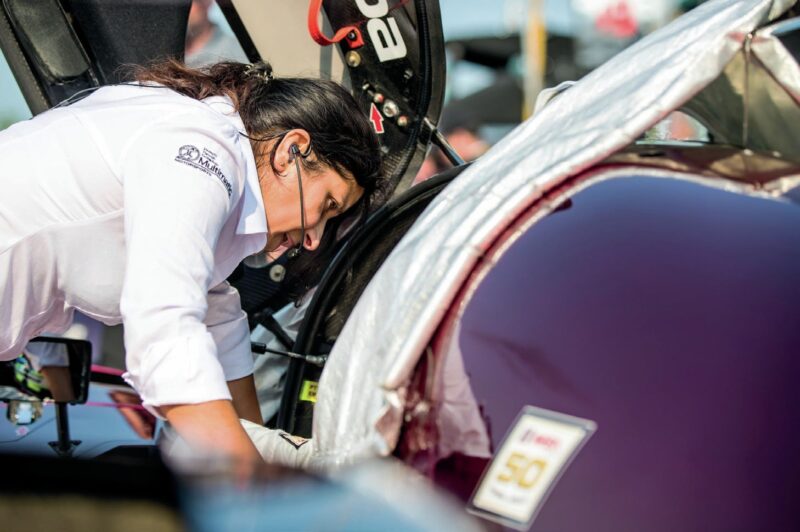
Gade works for Multimatic now and engineers the team’s Mazda DPi in the US IMSA series
Do you roll your eyes when people ask the question?
LG: “I never embraced it at first. Hey, I was given a job and was told to go and win a race and that’s what I did. But it is different because there aren’t other women doing it on a daily basis. If there were we wouldn’t be talking about it. It’s been 10 years since my first Le Mans win and there hasn’t been anyone else, which begs the question why? Although I noticed at Daytona this year the paddock had more female mechanics and engineers around and my data engineer is female. ‘Did you notice?’ she said. Yes and I think it’s mega. IMSA are probably not aware it’s on their doorstep – and we’re not going to tell them either. In a way, change like that is a gradual process and if you force it sometimes it doesn’t happen. I’m much more comfortable with it now – even if I still cringe.”
